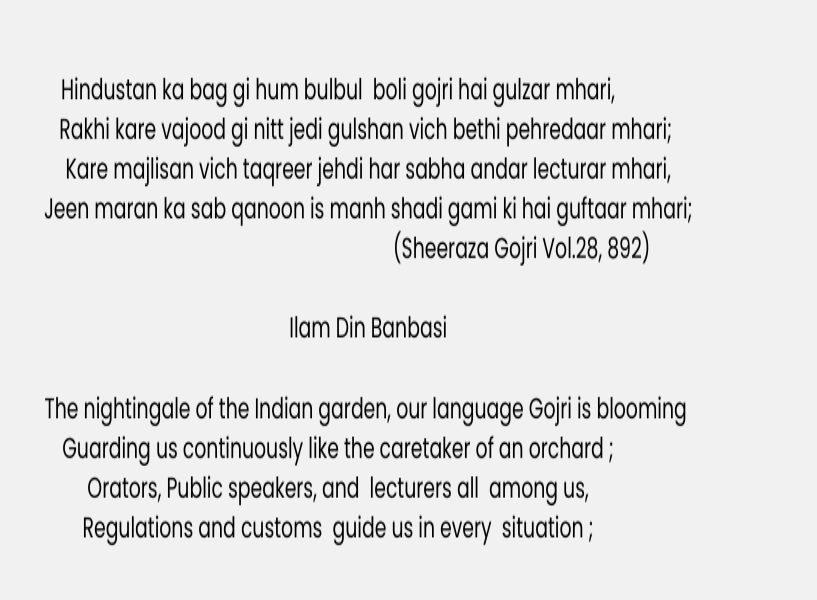tribal oral tradition
GOJRI POETRY, jammu & kashmir
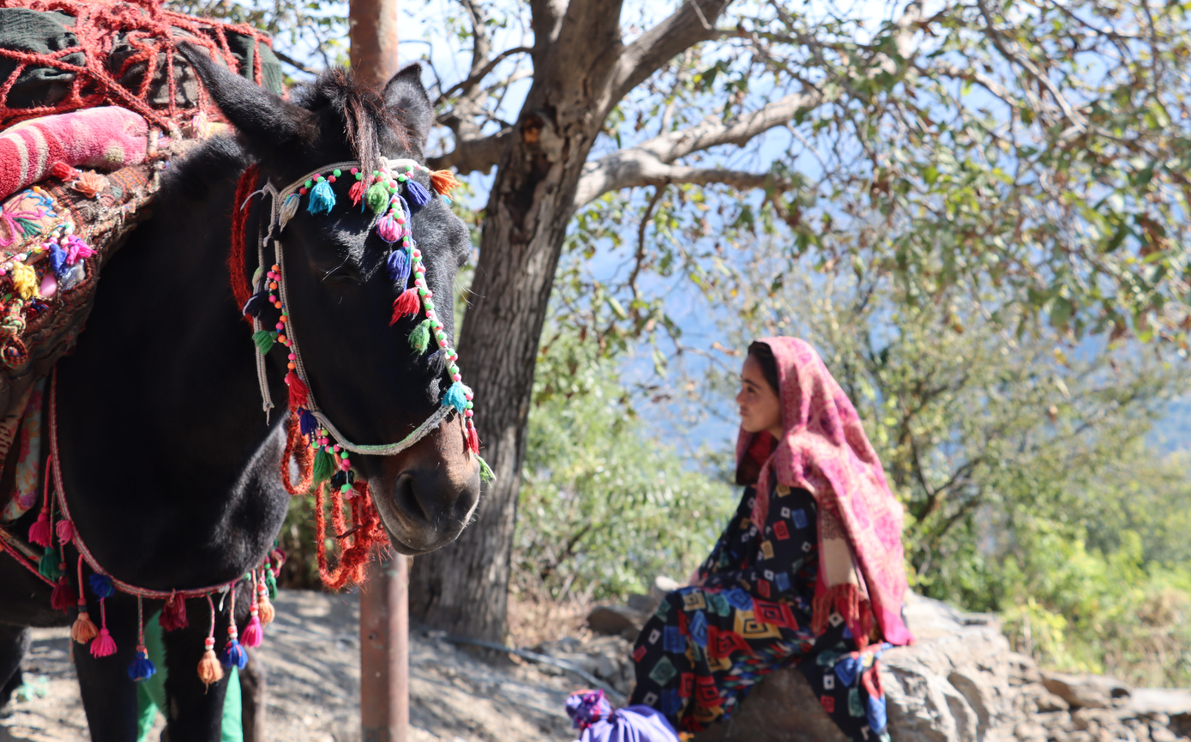
Gojri poetry belongs to the Gujjar-Bakarwal community; it's quite an ethnic group present in the Jammu and Kashmir state. It is an Indo-Aryan language greatly culturally valuable and transmitted across generations by oral tradition. G.A. Grierson has made efforts in the past to record the historical origins of the language by tracing the development of Gojri from previous forms of Apabhraṃśa. It is a poetry rich in the heritage of the community, where several themes of love and hardship and identity are reflected in it.
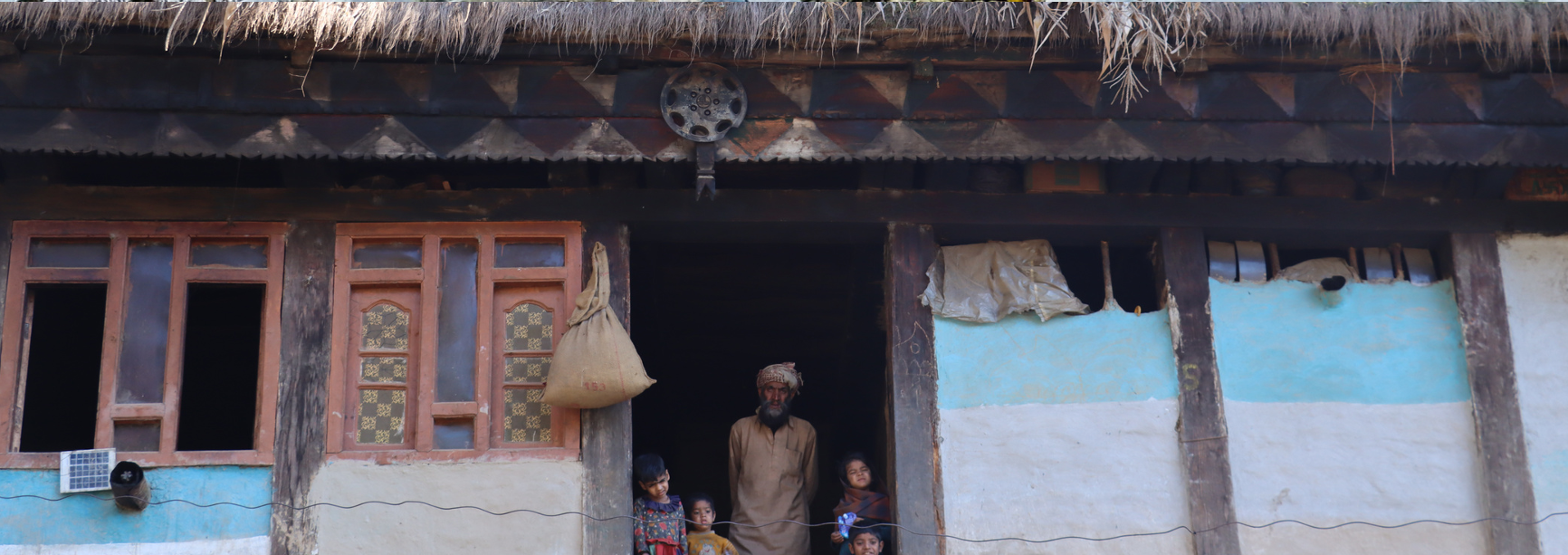
The community of Gujjar-Bakarwals is semi-nomadic as they practice a herding culture of raising the cattle in herds, goats, and sheep. They are notable for their migrations from lower to higher altitudes with the seasons, and they have a highly developed cultural identity in oral forms, especially through their poems and folktales. Under such conditions of marginalization, Gojri poetry has kept the traditions alive. Life style and community structure influence their major poetic themes, which focus on love and yearning.
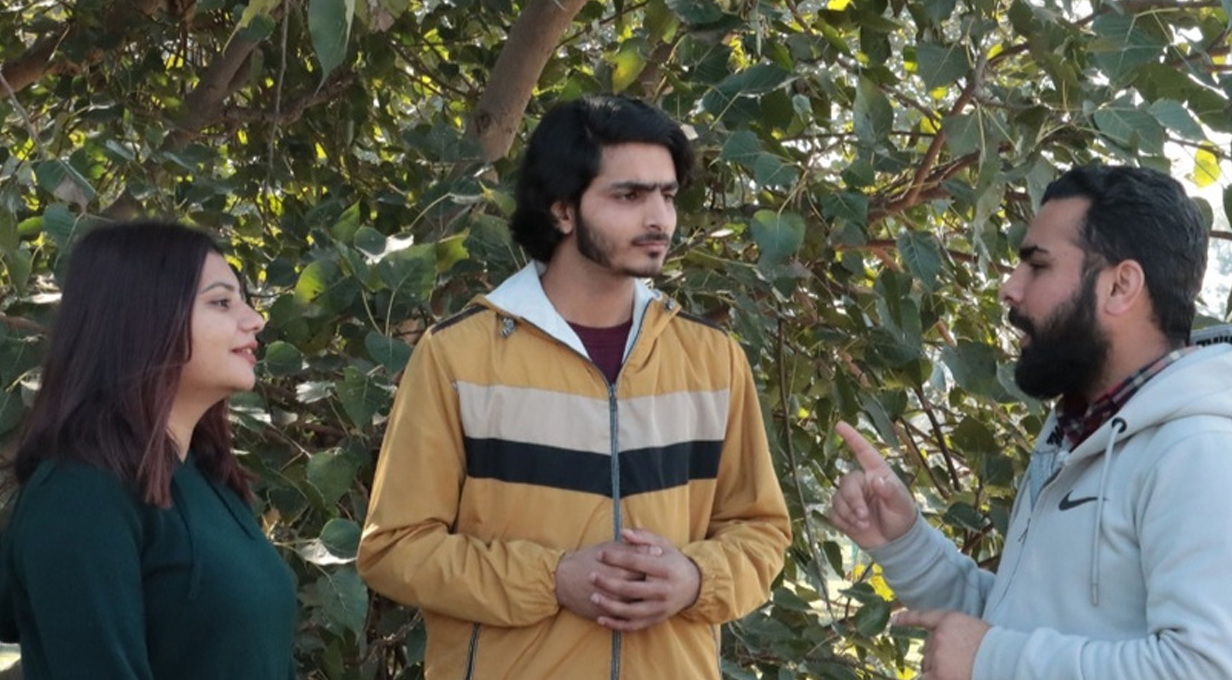
Gujjari poetry plays a vital role in the socialized and culturalized life of Gujjar-Bakarwal people. It becomes a tool to conserve history, legends, and folklore by providing identity to the people. It subverts mainstream narratives and social systems, giving voice to people at the margins. It signifies rebellion, social justice, and cultural heritage empowerment and resilience. The community-keeping up cultural pride-defies history by being silent through Gojri poetry.
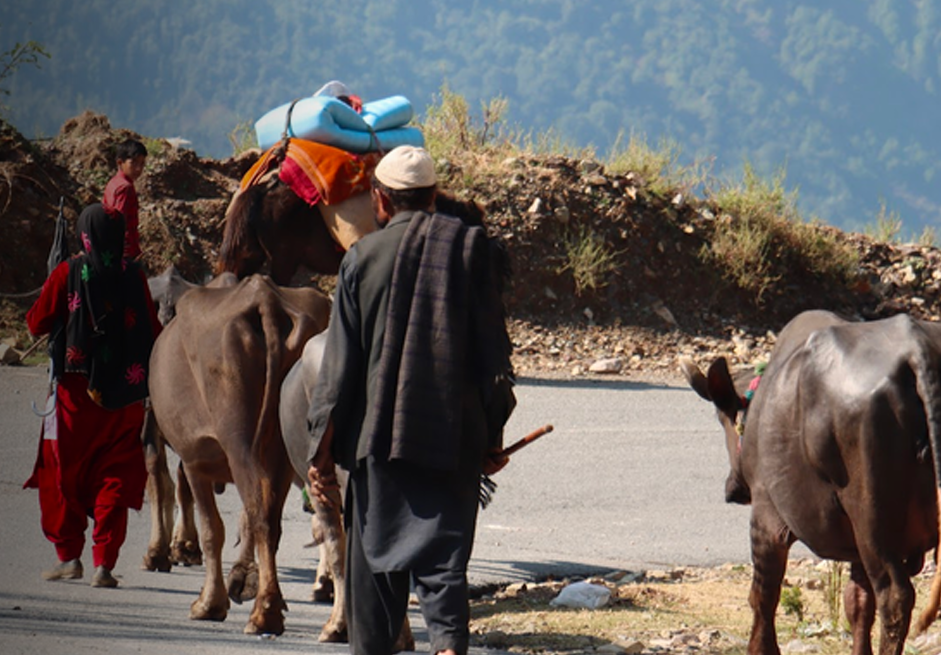
Gojri poetry was traditionally transmitted orally, in the form of storytelling and song, from generation to generation. This verbal transmission served to sustain the language and its literary forms, even though there was no written tradition for several centuries. Public readings, festivals, and social occasions served as mediums for poets to present their compositions, thus guaranteeing their perpetuation. More recently, inclusion of Gojri in mass media like radio and television has helped in broader dissemination, and thus the language's survival and development.
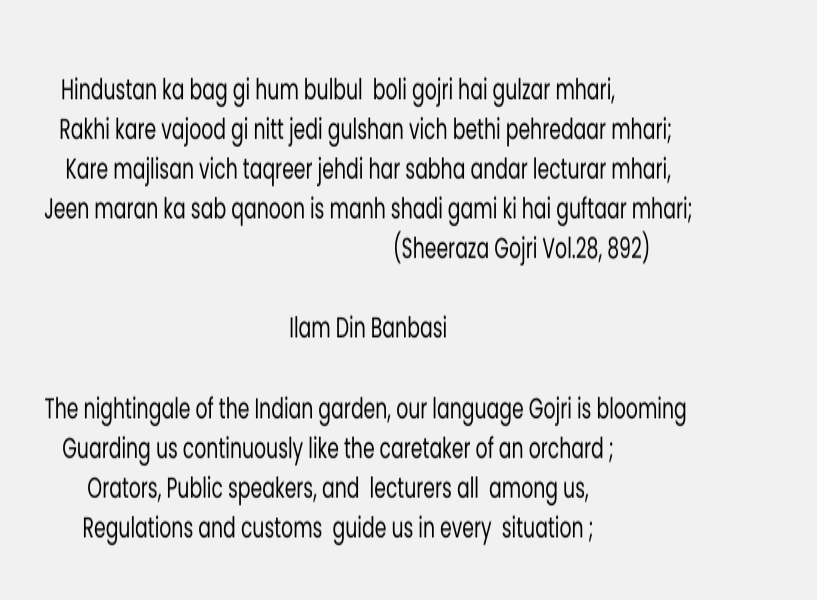
An example of Gojri poetry can be seen in the work of poet Ilam Din Banbasi, who writes about the cultural richness and importance of the Gojri language. In one of his lines, he likens Gojri to the nightingale of India’s garden, symbolizing its beauty and resilience. His poetry uses powerful imagery like "orchard" and "caretaker" to convey Gojri’s nurturing role in society. These poetic expressions highlight the deep emotional and cultural ties the community has with their language and heritage.
